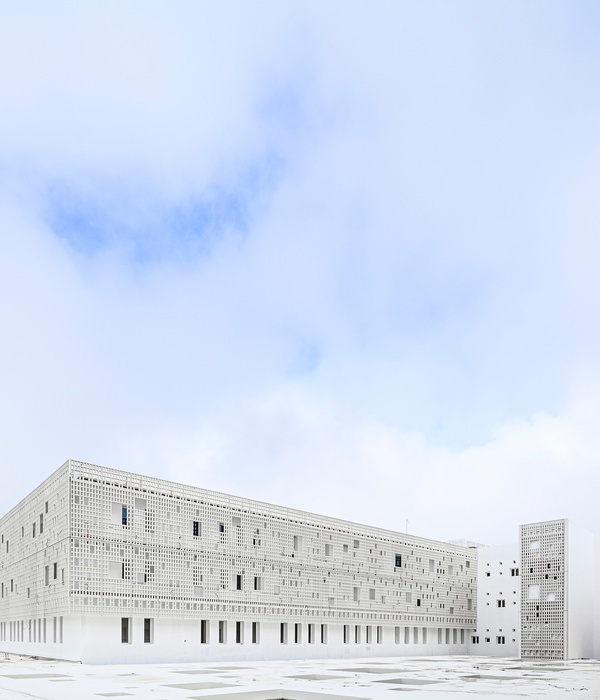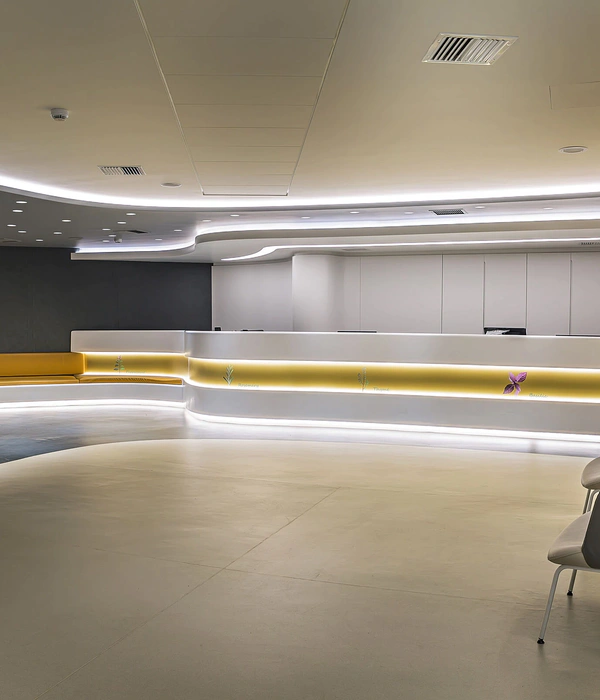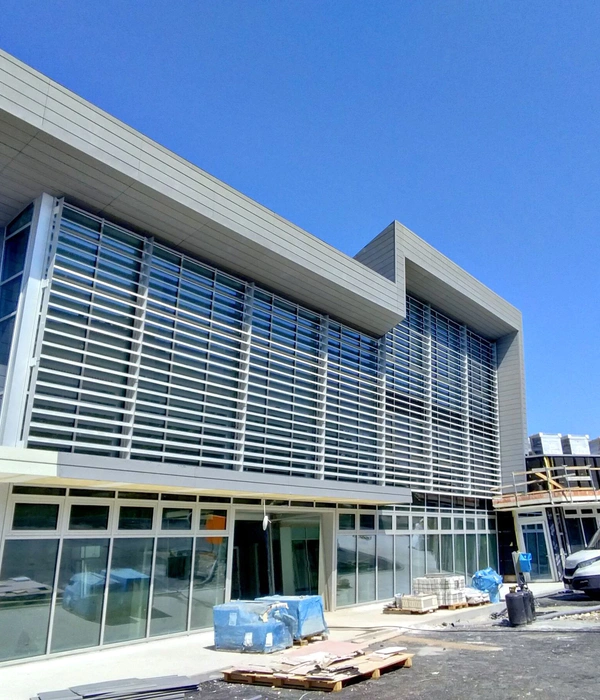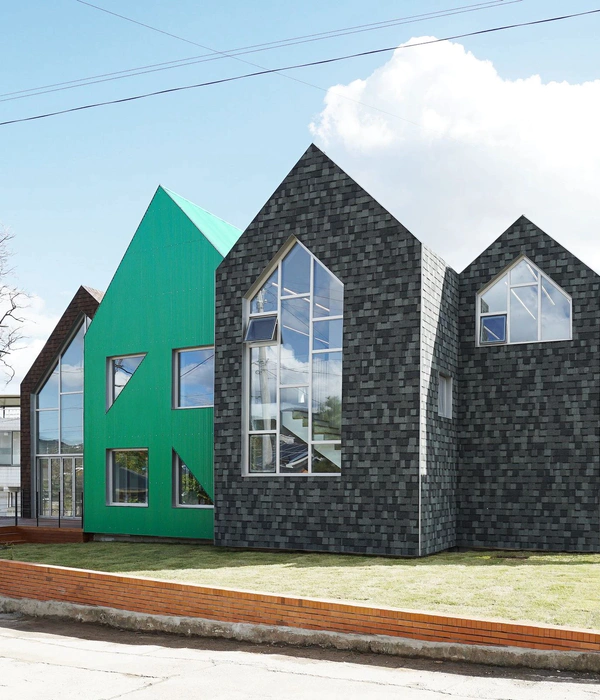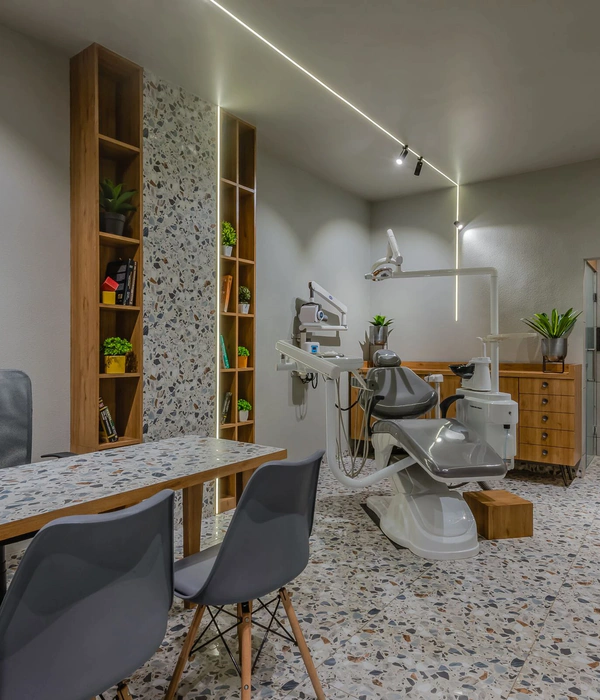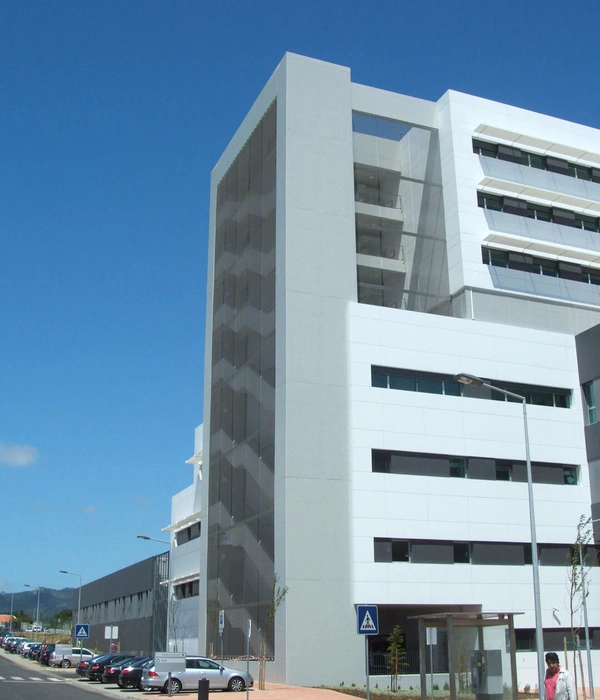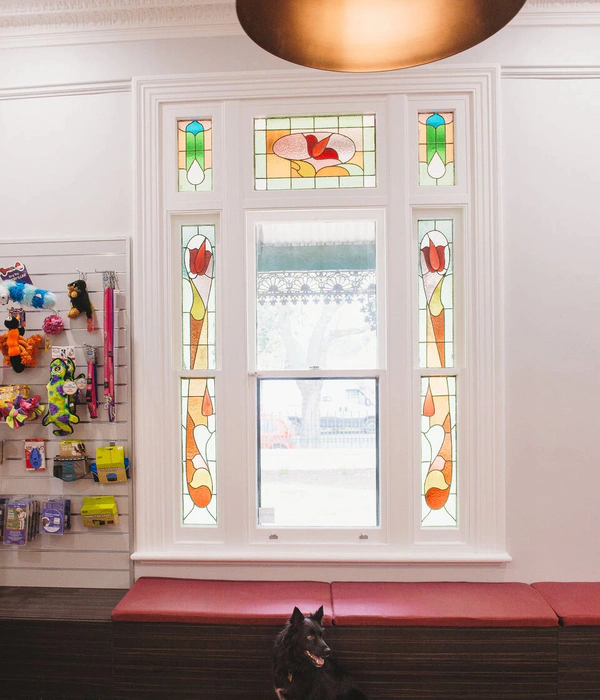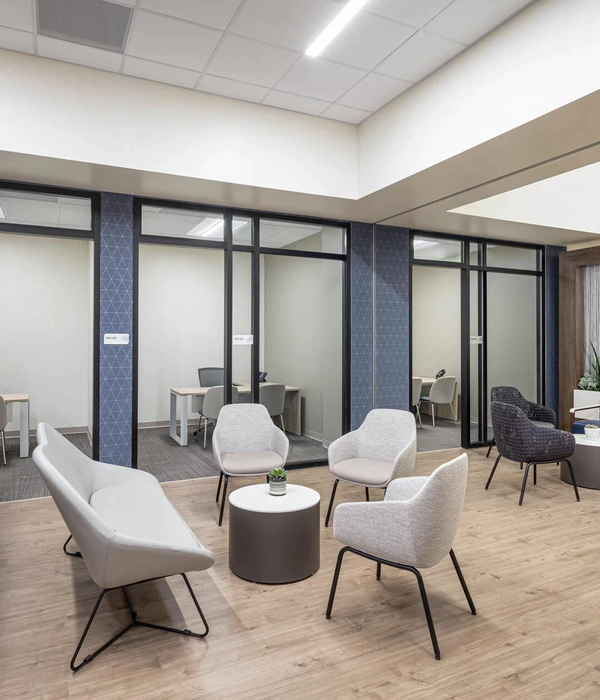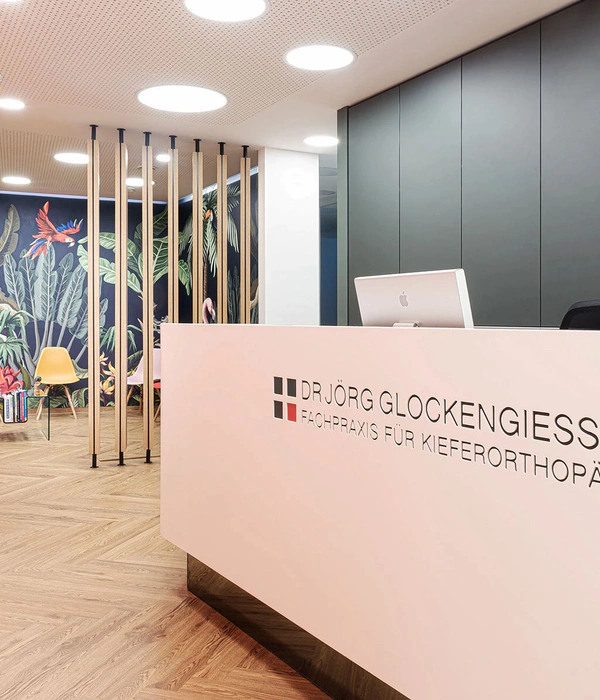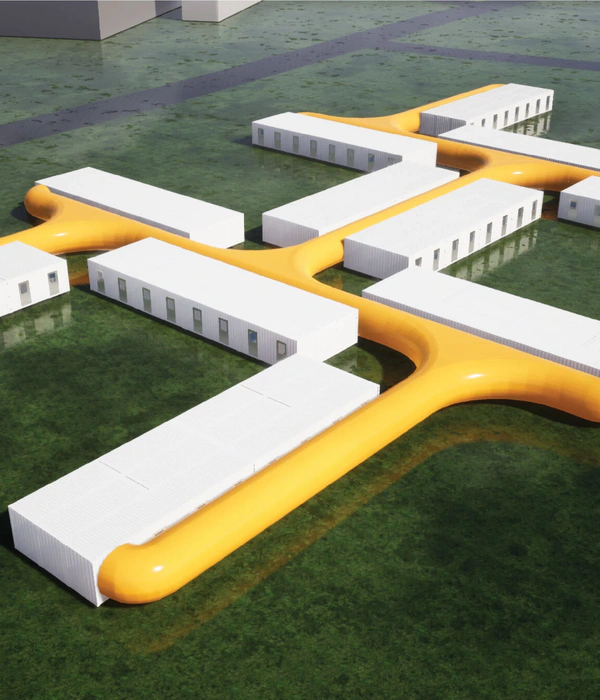Architects:Duoma,Simão Botelho,Studio-J
Area:2050m²
Year:2023
Photographs:Francisco Nogueira
Manufacturers:A Cimenteira do Louro,CIN,Forbo,Gabelex,Gyptec,Leca,Mapei,Primus Vitória,Revigres,Reynaers,Sanitana
Lead Architects:Simão Botelho, Joana Jordão, Mário Serrano, Margarida Fonseca
Landscape Architect:Susana Ribas
Structures:Daniel Maio
Water And Sewage:João Rovisco e Patrícia Ferreira
Electricity And Ited:Fernando Correia
Hvac And Thermics:Mário Boucinha
Signage:Klara Tolentino da Silva
Acoustics:Marlene Roque
Health And Safety Plan:Rita Pimentel
Contractor:TPS
Oversight:VHM
Client:Câmara Municipal de Cascais
City:Carcavelos
Country:Portugal
Text description provided by the architects. The Carcavelos Health Complex project arose from an architectural public competition and aggregates four health services into one building: Family Health Unit (FHU), Shared Assistance Resources Unit (SARU), Drug Addiction Treatment Team (DATT), and Psychiatry Service (PS).The project aims to combine formal medical services with informal activities, generating synergies and promoting both healing processes and social integration through the design of a public garden.
The urban strategy stands on using the building as a noise buffer from the main road to its north side, providing space for the garden which is bordered by an existing housing neighborhood on the south side. On the ground level, the project establishes a continuous podium, providing a viewpoint to the distant green area, on the east side. The functional program layout benefits from the site's natural topography, setting the FHU/SARU on the ground floor, closely related to the public garden. The PS raises one floor above the garden to its west, while the DATT stands on a lower level, on the complex’s east side. Following a rational and pragmatic approach to the functional program, the building is organized within a linear principle consisting of a central corridor for circulation and infrastructure, bounded by room modules on both sides. The interior lightweight plasterboard walls ease future layout adaptations, within the facade metric system.
The room module is revealed in the facade through a structural element made of in situ concrete. This systematic approach is softened by the introduction of a curved concrete canopy with a green roof that surrounds the garden, creates shaded areas, and unifies the entire complex. The building’s raw appearance contrasts with the garden’s greenery and the bright indoor atmosphere. Designed to be a place of community, the garden has two levels: a lower level with a green patio and a vegetable garden, and a ground level featuring a lawn with a children’s playground, a terraced cafeteria, and a covered multipurpose outdoor area. These are intended to be enjoyed by both healthcare facilities’ users (patients and staff) and the local communities for social gatherings, physical activities, workshops, and informal meetings, among others, aiming to provide a model of integration and Social Prescribing.
Project gallery
Project location
Address:Carcavelos, Portugal
{{item.text_origin}}

